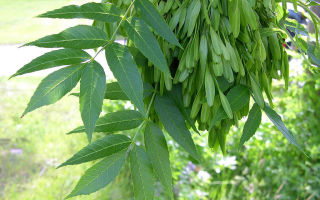Content
- 1 What does an ash tree look like and where does it grow
- 2 Ash chemical composition
- 3 What are the useful and medicinal properties of the bark, leaves, fruits of ash
- 4 Preparation and application methods
- 5 The use of the ash tree in traditional medicine
- 6 Contraindications
- 7 The magical properties of the ash tree
- 8 Collection and procurement
- 9 Conclusion
The properties of ash wood are valued in folk medicine - useful raw materials are used in the treatment of ailments. To use a plant without harm to the body, you first need to study its features.
What does an ash tree look like and where does it grow
Ash (Fraxinus) is a woody plant from the Olive family with a developed and branched root system. The bark is ash-gray, with small cracks in the lower part of the trunk and smooth on top, the crown is formed by sparse thick branches, has a wide-rounded slightly elongated shape. In the photo of a tree and leaves of a growing ash tree, it can be seen that its plates are lanceolate, pointed, opposite and densely cover one long common petiole.
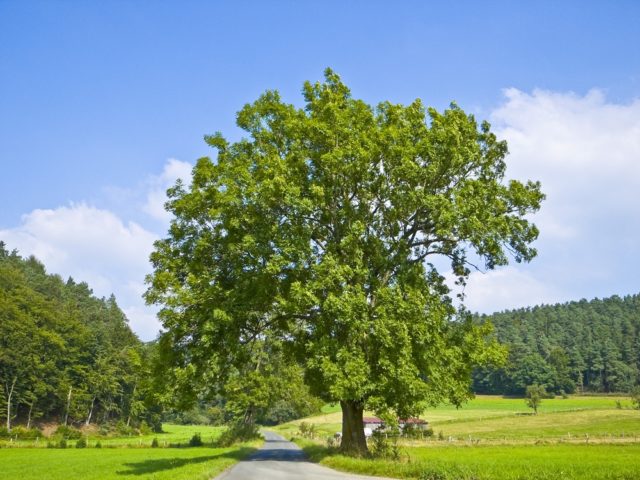
The plant blooms in spring in April and May. Tufted panicles of a dark brown or purple hue bloom on bare branches. The tree bears both male and female flowers, but they ripen at different times. Therefore, ash is pollinated by neighboring plants and beetles that spread pollen. In September and October, fruits appear - lionfish with flat furrowed nuts, falling to the ground only in winter or early spring.
Where does the ash tree grow in Russia
Ash is not a rare breed and is widely represented in Russia. You can see it in the central part and in the Volga region, in the Tver region, in the Black Earth Region, in the Crimea. The tree prefers light, fertile soils with moderate moisture.
Ash chemical composition
The description and application of ash wood is of interest due to its rich chemical composition. The plant contains:
- bitterness and tar;
- gum;
- alkaloids;
- coumarins;
- resins;
- sorbitol and sucrose;
- glucose;
- phenolic derivatives;
- tannins and organic acids;
- quercetin and glycosides;
- tannids.
Ash contains important vitamins, in particular carotene and ascorbic acid.
What are the useful and medicinal properties of the bark, leaves, fruits of ash
Traditional medicine actively uses all parts of the plant - wood, fruits and foliage. With proper processing, ash:
- fights bacterial processes and inflammation;
- has an antiseptic effect;
- removes toxic substances and toxins from the body;
- normalizes the intestines and stomach;
- activates the production of bile and improves liver function;
- normalizes the activity of the pancreas and levels the blood sugar level;
- promotes good peristalsis;
- helps to get rid of fungi and improves intestinal microflora;
- increases the body's immune resistance;
- strengthens blood vessels and capillaries;
- has a diuretic and antipyretic effect;
- helps with nervous disorders and sleep problems;
- improves condition with rheumatism, radiculitis and gout;
- has a laxative effect for chronic constipation;
- stops bleeding;
- promotes expectoration for colds.
Ash wood and green parts are used for gynecological diseases and for getting rid of parasites.
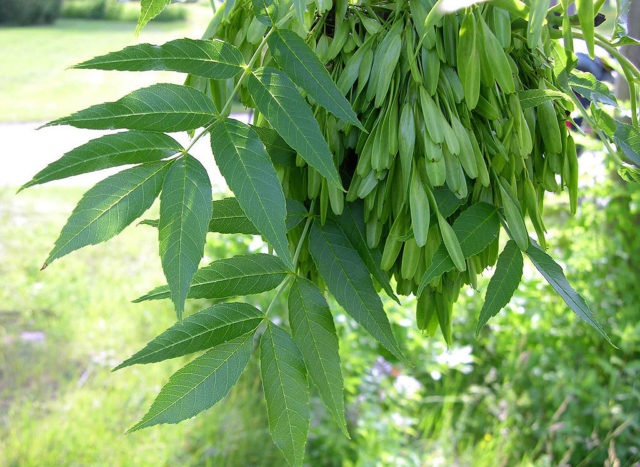
Preparation and application methods
Traditional medicine offers several basic algorithms for processing ash wood and other parts of it. You can dry valuable raw materials yourself, or you can buy them ready-made at the pharmacy - the benefits of homemade preparations will be the same.
Infusion
Water infusion is prepared from young ash leaf plates. The tool has good anthelmintic and laxative properties, and also relieves pain and inflammation.
The cooking recipe looks like this:
- dry raw materials are crushed in the volume of a large spoon;
- pour a glass of boiling water;
- kept under a lid in a warm place for 15 minutes;
- filter through a layer of gauze.
You need to take an infusion of ash three times a day in the volume of a glass.

Tincture
Alcohol tincture is prepared on wood and ash-tree fruits - lionfish seeds. The drug is done as follows:
- dry raw materials are ground in a volume of 50 g;
- pour a mixture of 500 ml of alcohol and close the vessel with a lid;
- put away in a dark place for two weeks.
The filtered tincture of ash wood is used mainly by external methods - for rubbing and compresses.
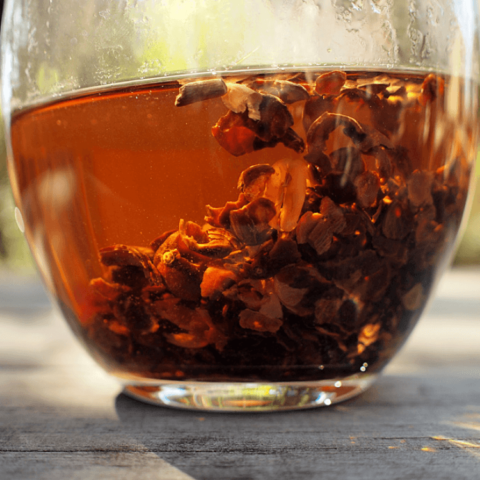
Decoction
For colds, fever and respiratory ailments, traditional medicine recommends the use of ordinary ash and its wood in the form of a decoction. The recipe for the preparation looks like this:
- two large tablespoons of chopped bark pour 250 ml of boiling water;
- Warm up over low heat for a quarter of an hour;
- removed from the stove and cooled;
- passed through cheesecloth for filtration.
You need to take a decoction of ash wood during the day, 2-3 large spoons. During the day, you must drink at least half a glass of medicine.
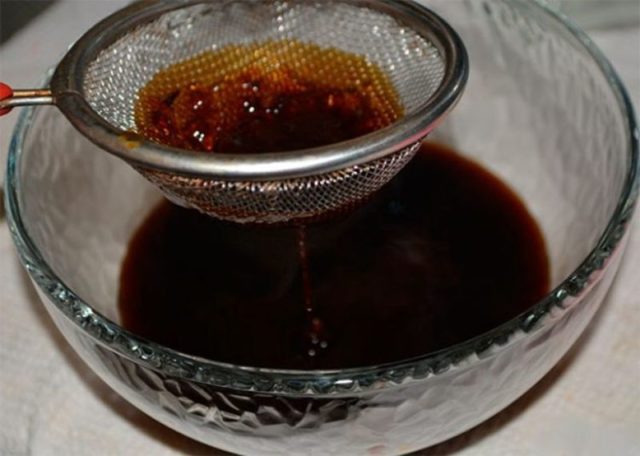
The use of the ash tree in traditional medicine
Ash wood and leaves are widely used in home health recipes. Traditional medicine offers several options for the use of medicinal raw materials.
With a hernia of the spine
The analgesic properties of ash wood are beneficial for vertebral hernia, as well as for rheumatism, polyarthritis and radiculitis. For medicinal purposes, such a decoction is prepared:
- mix the dried bark and leaves of the tree in equal quantities;
- measure out two large spoons of raw materials and pour a glass of water;
- after boiling, simmer the mixture over low heat for another half hour;
- the cooled and strained broth is topped up with clean liquid to the original volume.
It is necessary to take a remedy based on ash for a hernia three times a day for 1/3 cup. It is best to consume the broth on an empty stomach.
With hemorrhoids
Ash wood for hemorrhoids not only relieves pain, but also helps to eliminate inflammation and bleeding. They use it like this:
- wood is cleaned from the inside of the dried bark;
- combined in equal volumes with dry leaves of the plant;
- grind raw materials into gruel;
- diluted with a little water to obtain a soft mass.
The finished ash wood product is applied to a clean cotton pad or gauze and applied with a compress to the hemorrhoids for half an hour. You can repeat the procedure three times a day.
With nervous disorders
Ash wood decoction helps to cope with increased anxiety and depression. The remedy is prepared according to the following algorithm:
- chop dry bark in the volume of a large spoon;
- pour 250 ml of boiling water;
- the mixture is simmered in a water bath for about half an hour;
- removed from the stove and insisted for another 15 minutes under the lid.
The strained broth is taken in a large spoon three times a day. It is necessary to drink the drug on an empty stomach.
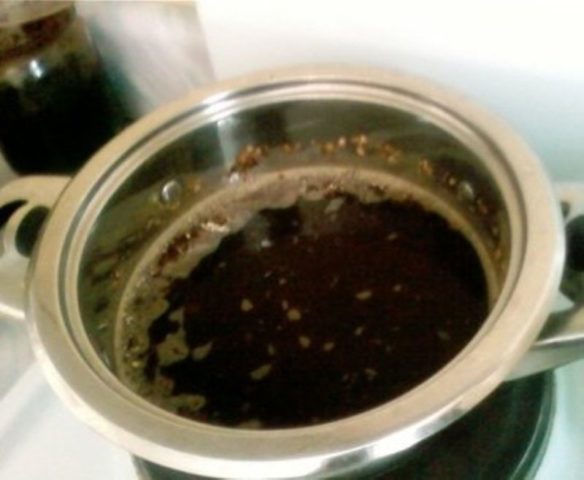
With diabetes
With diabetes mellitus, a plant collection with the use of Pennsylvanian ash or ordinary has a good effect. The recipe for the drug looks like this:
- 20 g of dry ash bark is ground;
- mixed with an equal amount of horsetail, valerian root and blackberries;
- measure out two large spoons of the medicinal mixture;
- brew 1 liter of hot water;
- leave under the lid for two hours.
After the expiration date, the infusion of wood is passed through folded gauze to filter out the sediment. Take 100 ml of the product every few hours.
For wounds and burns
The beneficial properties of wood contribute to the rapid healing of skin lesions. Medicinal raw materials are used as follows - they take a small piece of fresh bark and apply it to the affected area for half an hour, fixing it with a bandage.
With a cold
The benefit of ash lies in the fact that its wood effectively reduces the temperature and eliminates the symptoms of intoxication with a cold. An infusion of bark and leaves has a good medicinal effect. It is prepared according to the following algorithm:
- chop wood and sheet plates in equal amounts and mix;
- measure out 1.5 large spoons of healing collection;
- 400 ml of boiling water is poured over the raw material and left under the lid for 15 minutes.
The filtered infusion of wood and leaves is taken up to four times a day. A single dosage is 100 ml. You need to use the product until you feel better, usually 5-7 days is enough to cope with fever and cough.

With tuberculosis
The antibacterial and expectorant properties of ash wood are used in the complex treatment of tuberculosis. Along with official medicines, you can use the following decoction:
- dried bark is ground into powder;
- measure out two small spoons of wood and pour a glass of boiling water;
- put the product on the stove and simmer on low heat for half an hour;
- insist closed until it cools completely.
It is necessary to drink a medicine based on ash wood three times a day, half a glass.
With dysentery
The anti-inflammatory and strengthening properties of ash wood are beneficial for intestinal infections. The following decoction is good for dysentery:
- two large spoons of bark crushed to a powder state are poured into 250 ml of liquid;
- boil over low heat for 40 minutes;
- cooled under a lid and passed through a gauze filter.
The natural preparation should be taken half a glass four times a day on an empty stomach.
Contraindications
The benefits of ash wood are not the same for everyone. If misused, medicinal raw materials can cause severe harm. It is necessary to refuse infusions and decoctions based on bark and leaves:
- during pregnancy and during breastfeeding;
- with hypertension;
- with atherosclerosis;
- with individual allergies.
Ash-based medicinal products are not offered to children under 12 years of age. In the process of treatment with folk decoctions and infusions, dosages are carefully observed. With the uncontrolled use of wood and leaves, side effects may appear, which include:
- nausea and vomiting;
- stomach ache;
- renal colic;
- dizziness and migraine.
When unpleasant symptoms appear, you must immediately stop using herbal preparations, artificially induce vomiting and take activated charcoal.
The magical properties of the ash tree
Folk omens endow ash with special qualities. The tree belongs to the category of sacred and is considered a kind of conductor between the human and the divine world. Fortune-telling runes and amulets are made from ash. A fire made on wood of this species has beneficial properties and emits healing smoke.
Beliefs believe that ash helps in love and gives happiness, and also drives away negativity and has a healing effect. A tree planted near the house attracts prosperity to the home and is responsible for family comfort.
Collection and procurement
The timing of harvesting a useful ash depends on which parts of the plant are to be used for medicinal purposes. Leaves are harvested in late May or early June, while they are as fresh and young as possible. The bark is harvested in early spring at the start of sap flow, and the fruits are removed in the fall shortly before the first frost.
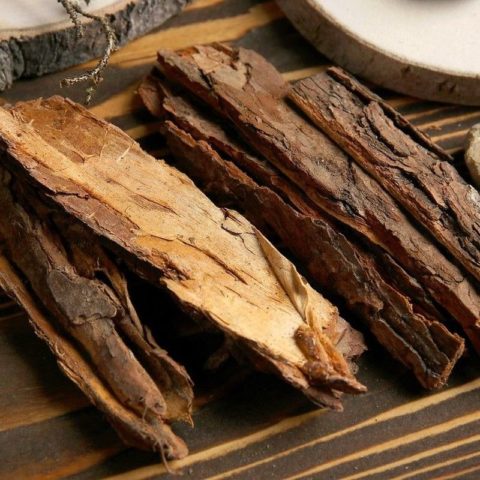
When collecting wood, it is necessary to take care of the ash and not expose its trunk too much, otherwise the tree will not recover and will start to hurt. The harvested bark is laid out in the sun and slightly dried, and then transferred to a shaded, but warm place and left to dry completely. Processing can be carried out faster if you place the wood in an oven preheated to a maximum of 50 degrees. The dried bark is stored in cloth bags or glass jars in a dark place with low humidity.
Conclusion
The properties of ash wood are used to treat colds, inflammatory and digestive diseases. The plant helps with respiratory ailments and intestinal disorders, strengthens the immune system and fights bacteria. Use wood and leaves with care so as not to encounter side effects.

